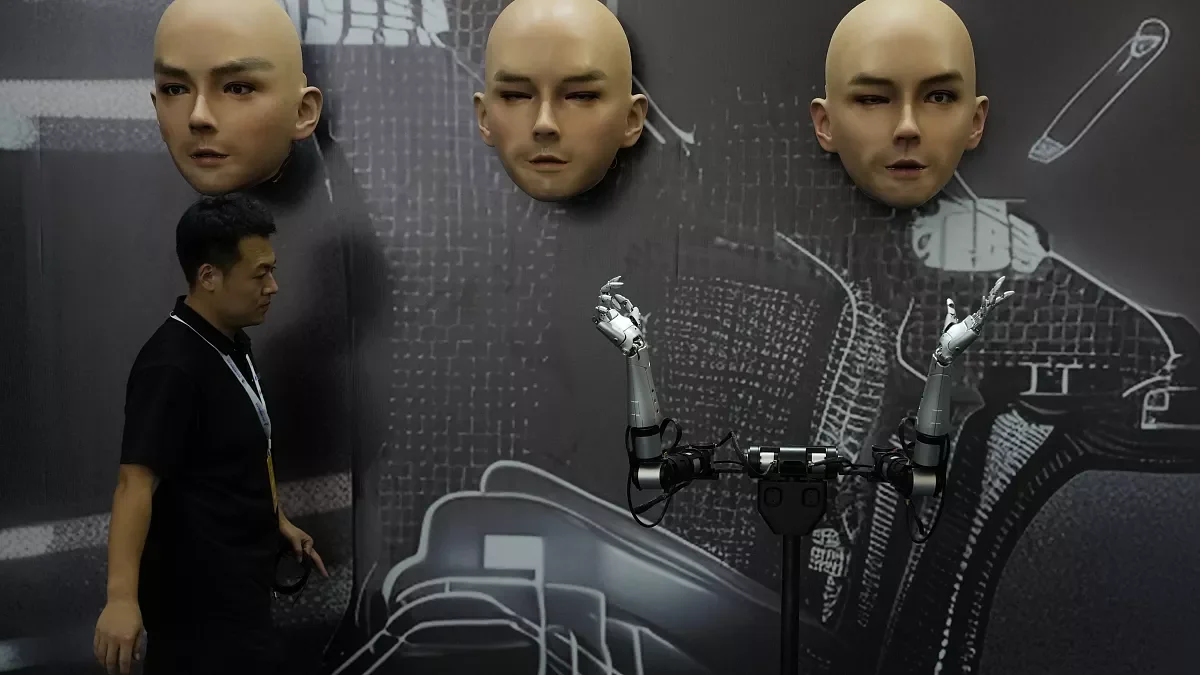
Humanoid Robots Enter Everyday Life: The Rise of Family Service Robots and AI-Driven Innovations
Fiona Nanna, ForeMedia News
5 minutes read. Updated 3:00AM GMT Fri, 23August, 2024
Humanoid robots, once a concept confined to science fiction, are steadily making their way into everyday life, driven by significant advancements in artificial intelligence (AI) and robotics technology. Leading this revolution are companies developing family service robots, designed to assist with various household tasks and provide real-time reactions, making them more intuitive and user-friendly.
A prime example of this cutting-edge technology is the Astribot S1, a humanoid robot that has garnered attention for its smooth, human-like movements. This robot is part of a new wave of AI-enhanced machines capable of not only mimicking human actions but also interacting with people in a natural and engaging manner. The Astribot S1, featured in numerous techs showcases, represents a significant leap in the commercialization of robotics, with the company behind it aiming to bring the product to market within the year.
The rapid development of these robots is not just a technical achievement but a glimpse into the near future where humanoid robots transition from laboratory prototypes to real-life applications. Industry experts predict that within three years, these robots will become a common sight in homes and workplaces, revolutionizing the way people live and interact with technology.
One of the key drivers of this progress is the integration of advanced AI into these robots, enabling them to process information in real-time and adapt to changing environments. This capability is particularly important for family service robots, as it allows them to perform tasks with a level of autonomy and precision that was previously unattainable.
Moreover, the commercialization of these robots is expected to open up new opportunities in various sectors, including healthcare, where they could assist with patient care, and in the retail industry, where they might be employed for customer service roles. The versatility of humanoid robots like the Astribot S1 highlights the vast potential of AI-driven machines in everyday life.
As these robots move closer to becoming a mainstream reality, their impact on society will likely be profound, changing not only how tasks are performed but also how people perceive and interact with machines. The swift transition from lab use to practical applications signals the beginning of a new era in robotics, one where humanoid robots become indispensable companions in daily life.
For companies leading this charge, the focus is on refining the technology to ensure that these robots are not only efficient but also accessible to a wide range of users. With the anticipated commercial release of these robots within the next few years, the dream of having a humanoid assistant in the home is closer to becoming a reality than ever before.

